AO Edited
Alfred the Great Statue
King of the Saxons on top, Roman goddess of wisdom on the bottom.
Long thought to be London’s oldest outdoor statue, this depiction of Anglo-Saxon king Alfred the Great is actually only half himself. Originally thought to be one statue dating from the 14th century, the upper half, depicting Alfred, was in fact created in the late 18th century.
The lower half however is around 1,200 years older than expected, dating back to the second century, during the reign of the Roman emperor Hadrian. During conservation work in 2021, it was discovered that the statue has the legs of the Romano-Briton goddess of handicraft, the arts, and war, Minerva. Carved from natural Bath Stone, it is thought that the statue of Minerva stood at three meters (9.8 feet) before lending its legs to the later king’s torso, which is made from an artificial ceramic called Coade Stone.
This chimera would have been a challenge to fit together, for the clay-based combination forming Coade Stone shrinks when firing, and would have required precision to ensure the near-perfect match that was made.
Though found in the private Trinity Church Square, the statue can be seen from without the fence. It is thought to have been moved to its current location in the 1820s after it was removed from the walls of Westminster Hall, where it stood as an impostor.
Know Before You Go
The nearest station is Borough.
Whilst the statue is visible from the pavement through the railings at any time, it is in the centre of the garden and low sunlight can make viewing it difficult.


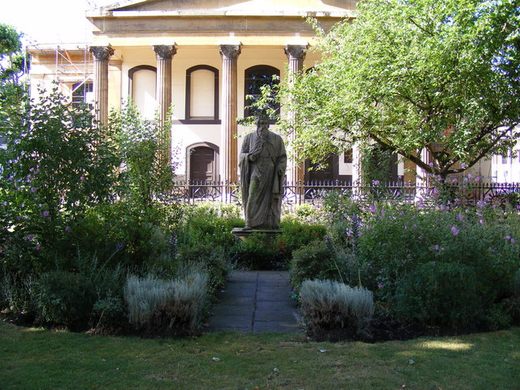
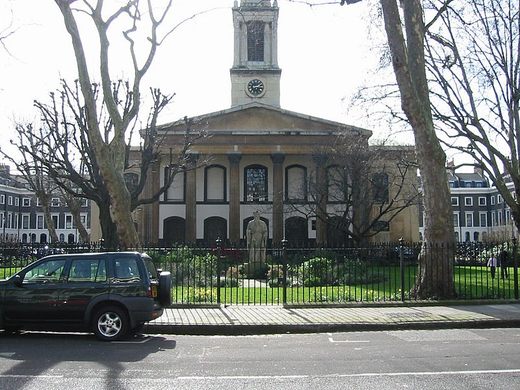



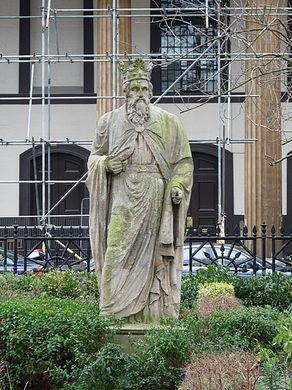










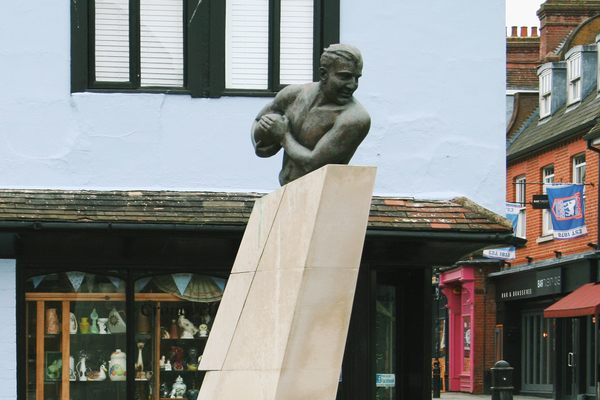
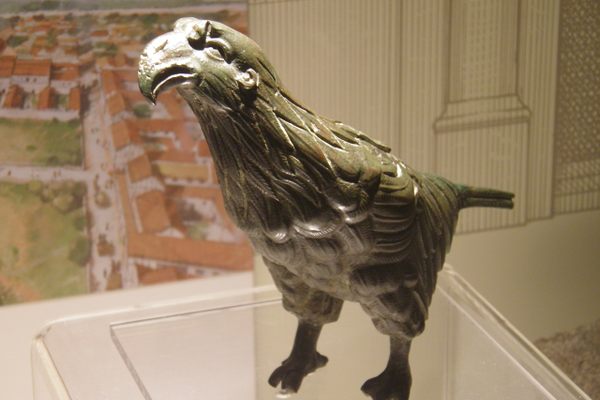


Follow us on Twitter to get the latest on the world's hidden wonders.
Like us on Facebook to get the latest on the world's hidden wonders.
Follow us on Twitter Like us on Facebook